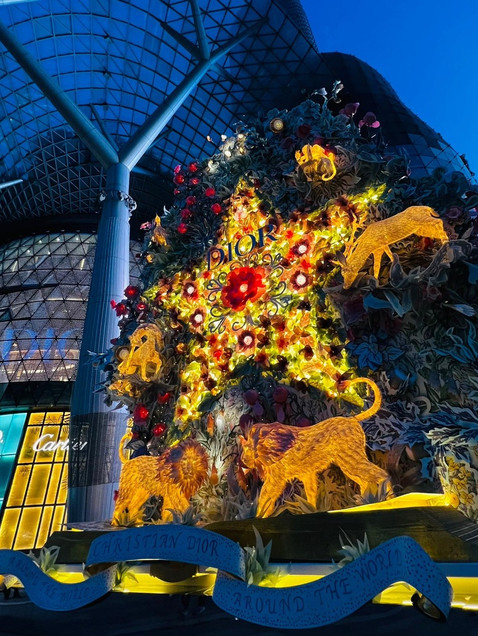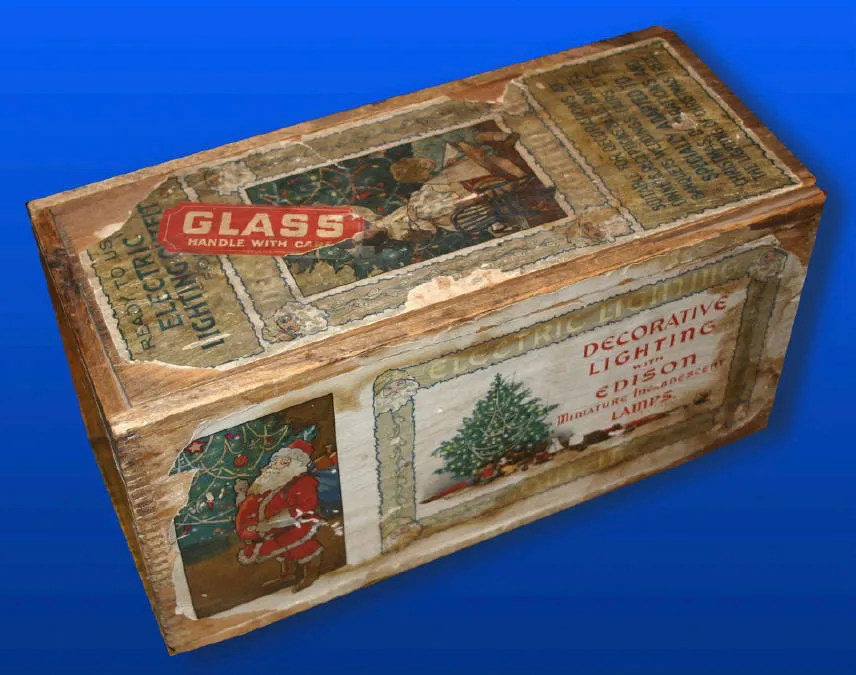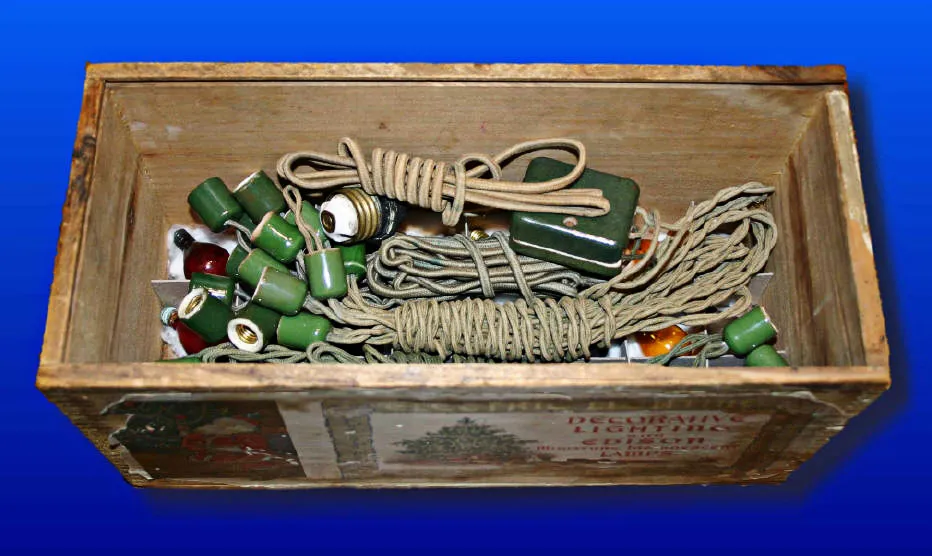Joy to the world! The glittering story of Christmas lights
- Lena Sharp

- Nov 13, 2024
- 4 min read
Updated: Nov 25, 2024
By Lena Sharp
Photos by Jessica Kudlacek and Lena Sharp
East-West Cultural ConnectionsSome of us may even be able to recall the joyous moment, way back in 1984, of the very first Christmas light-up on Orchard Road, Singapore. Around 30,000 kids and ‘kids-at-heart’ thronged the street, gazing in wonder at the 100,000 lightbulbs strung between lamp-posts - transforming Singapore’s shopping street into a fairyland.
So successful was that event that forty years on, the dazzling Orchard Road light-up tradition continues. Now even grander, more elaborate and attracting more crowds than ever before, it draws everyone to its world-class collection of shops and restaurants under a brilliant canopy of light.

Orchard Road, Singapore 2024. Photo credit: Jessica Kudlacek
Orchard Road, Singapore 2024. Photo credits: Jessica Kudlacek
But where and when did this wintry light-up begin and how did it arrive on the streets of tropical Singapore?

Engraving of Martin Luther's Christmas Tree. Source: Wikipedia
The practice of lighting Christmas trees dates back to 16th century Germany when evergreen firs were put up during the Yuletide season to symbolise eternal life. Originally, Christmas trees were simply adorned with bright red apples and baked ornaments. But, according to Protestant tradition, it was Martin Luther who was first to light a Christmas tree in Strasbourg Cathedral in 1539, using candles to mark the coming of Christ as the ‘light of the world’. And so began a tradition that set the world alight with the magic and warmth of Christmas.
Candle-lit Christmas trees soon spread from Europe to Britain to North America through mass migration. But candles in flammable fir trees risk setting the whole house on fire! It was not until 1880 that this problem was solved - thanks to Thomas Edison’s ground-breaking invention of the electric lightbulb. This led to the creation of the first electrically-lit Christmas trees – ushering in a whole new era of lighting.
Early incandescent coloured lights made by Thomas Edison were used for the first electrically-lit Christmas tree
It was Edison’s associate, Edward Johnson, who first put up a string of hand-wound Christmas lights consisting of 80 red, white and blue bulbs – used to decorate his own Christmas tree, which proudly adorned his home in New York’s swanky Fifth Avenue. Thus the birth of the electrically lit Christmas tree can be traced to that upscale shopping street in New York.

The first electrically-lit Christmas tree, 1882 created by Edward Johnson
Meanwhile across the Atlantic, electric lights were taking Britain by storm. The Yuletide tradition had been popularised on a global scale by Queen Victoria at the height of the British Empire, during whose reign Christmas had become a worldwide cultural celebration as much as a religious one – not to mention a booming commercial enterprise.

Queen Victoria and Prince Albert's widely circulated image of a Christmas tree in 1850 created a craze for Christmas trees around the world
Engines of empire supplied the demand for toys and holiday trappings all round the world – even to far-flung Australia and the trading hub of Singapore. And so it was during the colonial era that Christmas decorations first arrived in the homes of tropical Singapore, but it wasn’t until the 20th century that festive street-lighting began.
By the turn of the 20th century, high street businesses in Britain and America began illuminating their shop windows with strings of Christmas lights, thanks to General Electric’s manufacture of commercial Christmas lights which brought down prices, making them accessible to all. No longer confined to trees, these lights began to adorn buildings, public spaces and even entire streets.

Early 1900s General Electric ad for Christmas lights
But it was not until the 1930s, with the development of safer outdoor lighting, that Christmas lighting really began to capture the public’s imagination on both sides of the Atlantic and beyond, bringing much needed cheer during the Great Depression. Famous landmark buildings in London’s Oxford and Regent Street began lighting up for the holiday season to lift the spirit of the nation.
The first Christmas light-up in London's Regent Street, 1954. Source: regentstreetonline.com
London’s first official light-up dates back to 1954 - in Regent Street. The very first lights were a simple collection of cut-out angels hovering over the street, lit with search lights left over from the war. Nonetheless these early decorations were the forerunner of a theme that lives on: the Spirit of Christmas.

Christmas lights in Central London. Photo credit: Lena Sharp
This year marks the 70th anniversary of that first iconic Regent Street light-up. It’s come a long way - it is now a spectacular light display (the largest in London) that brings out the best of British design and craftsmanship.

The iconic angels of Regent Street, London. Photo credit: Lena Sharp

The iconic angels of Regent Street, London. Photo credit: Lena Sharp
Few places on earth capture the Spirit of Christmas as celestially as the dazzling parade of angels formed of over 300, 000 LED lights – each angel with a 17-metre wingspan – soaring overhead, lighting up a dark and wintry street. It’s a thoroughly modern re-imagining of the original angelic scene.
The iconic angels of Regent Street, London. Photo credits: Lena Sharp

All Souls, Langham Place London. Photo credit: Lena Sharp
Wherever in the world we might be, whenever we head out to “catch the Christmas lights” on our glittering shopping streets – may the story of how it all began keep the flame of that first candle aglow.
 | Lena Sharp is a freelance writer who was born in Singapore and resides in the UK. She enjoys exploring cross-cultural connections that bridge the two worlds she inhabits - whilst taking others on a journey of discovery through her contributions. |
 | With a professional background in educational technology and a lifelong passion for creative pursuits, Jessica and her family moved to Singapore from Southern California. Jessica enjoys exploring Singapore from the lens of her camera, as well as other hobbies including running, tennis, and appeasing her inner “foodie.” |

























Comments